Common name: white willow
Scientific name: Salix alba
Family: Salicaceae
Origin: non-native
Silvery leaved, waterside and fenland dweller. White willow feeds and shelters native wildlife and has been a source of natural remedies for centuries.
Common name: white willow
Scientific name: Salix alba
Family: Salicaceae
Origin: non-native
The white willow is the largest species of willow, with mature trees growing up to 25m. They often have an irregular, leaning crown. The bark is grey-brown and develops deep fissures with age, and twigs are slender, flexible and grey-brown.
Look out for: the leaves which are hairy all over at first then, as they age, remain downy underneath and sparsely hairy on the top.
Identified in winter by: green to yellow-brown, hairy, narrow buds which are pressed close to the twig.
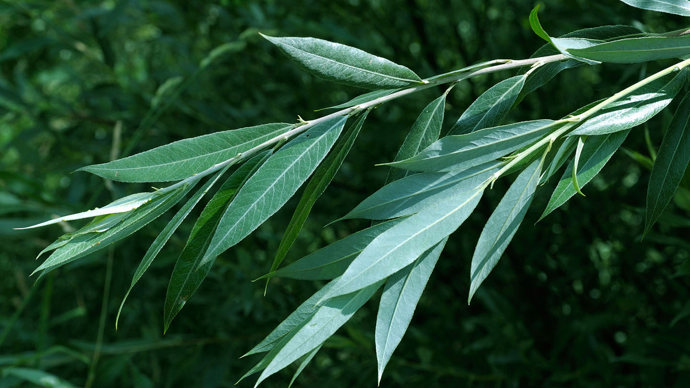
Credit: WILDLIFE GmbH / Alamy Stock Photo
The slender, oval leaves are paler than most other willows due to a felty covering of fine, silky, silvery-white hairs on the underside.
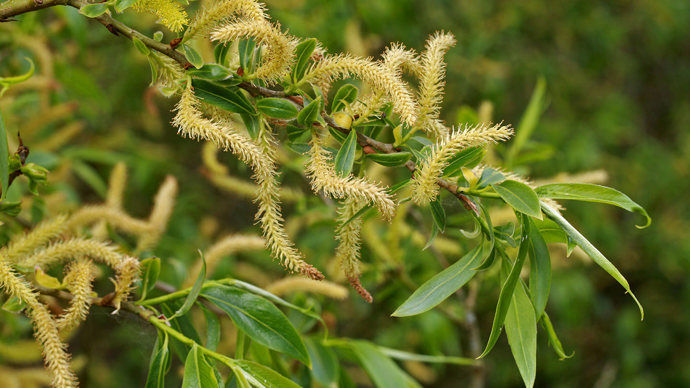
Credit: Florapix / WTML
White willow is dioecious, meaning male and female flowers grow on separate trees. Catkins appear in early spring – male catkins are 4–5 cm long and female catkins 3–4 cm long.
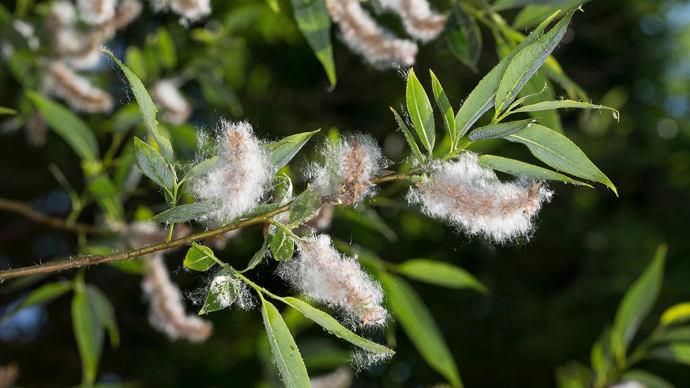
Credit: Frank Hecker / Alamy Stock Photo
After pollination by insects, the female catkins lengthen and develop small capsules, each containing minute seeds encased in white down which aids dispersal by wind.
Other willow species which all freely hybridise.


Download our free Tree ID app for Android and iPhone to identify the UK's native and non-native trees. It's an A-Z tree guide in your pocket.
Like most willows, the white willow is found growing in wet ground such as river and stream sides.
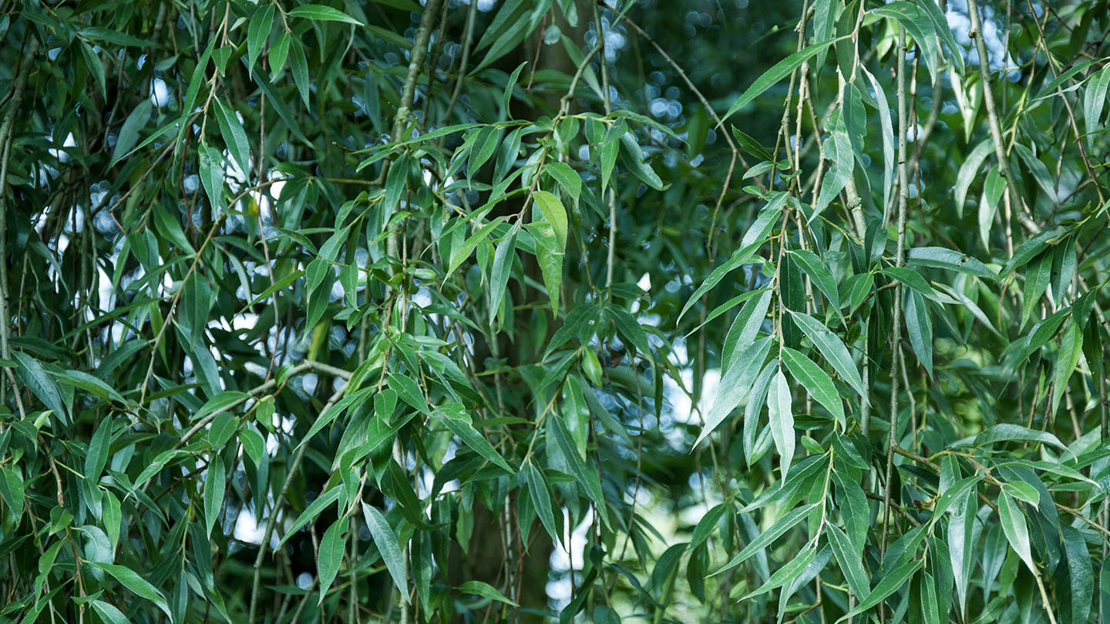
Caterpillars of a number of moth species feed on white willow leaves, including the puss moth, willow ermine, eyed hawk-moth and red underwing. The catkins are an important source of early nectar and pollen for bees and other insects, and the branches make good nesting and roosting sites for birds.
All willows were seen as trees of celebration in biblical times, but this changed over time and today willows are more associated with sadness and mourning. Willow is often referred to in poetry in this way, and is depicted as such in Shakespeare's Hamlet, with Ophelia drowning near a willow tree. In northern areas, willow branches are used instead of palm branches to celebrate Palm Sunday.
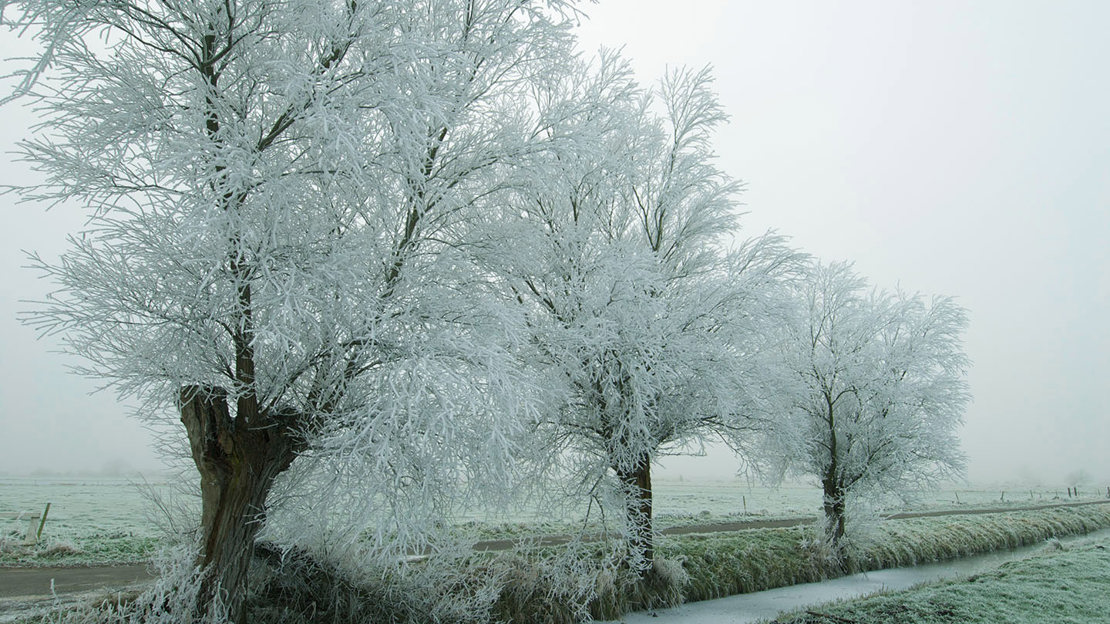
The cricket bat willow is a hybrid of the white willow and crack willow. Its strong wood is ideal for bats.
Traditionally, willows were used to relieve pain associated with a headache and toothache. The painkiller Aspirin is derived from salicin, a compound found in the bark of all Salix species. In medieval times, in many parts of Europe, the bark was chewed to release the salicin for pain relief.
The bark was also boiled in water and the liquor drunk to relieve diarrhoea, help reduce joint inflammation in arthritis and as a gargle for sore throats. The liquor was also used to stop bleeding, clean wounds and to treat general aches and pains.
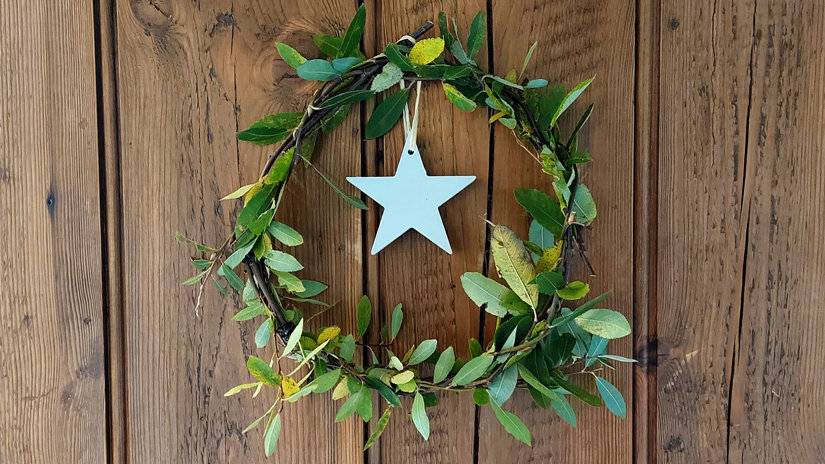
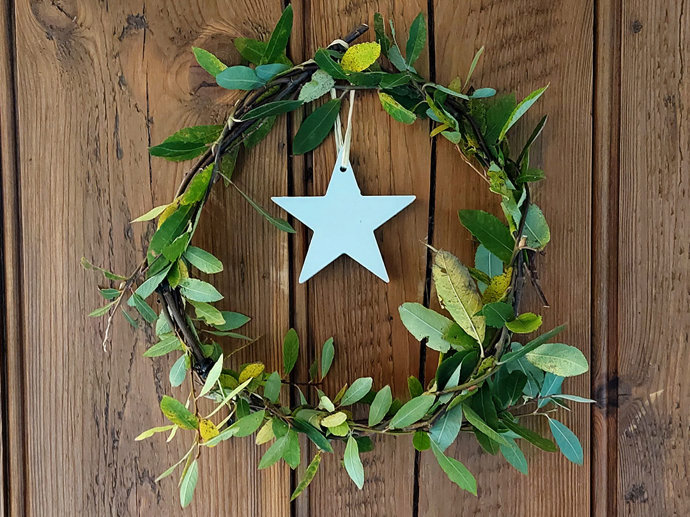
Helen Keating • 05 Dec 2022
Transform your home into a woodland wonderland this Christmas with our easy ideas for festive, foraged home decor.
Like other willows, white willow is susceptible to watermark disease caused by the bacteria Brenneria salicis. Over time, this leads to affected branches dying back and red leaves developing in other parts of the crown. If left untreated, the tree could die.